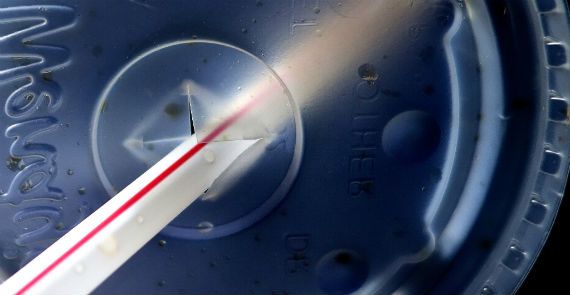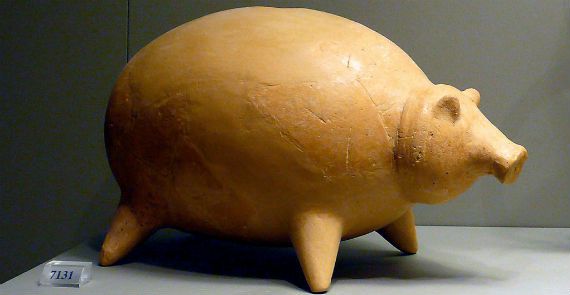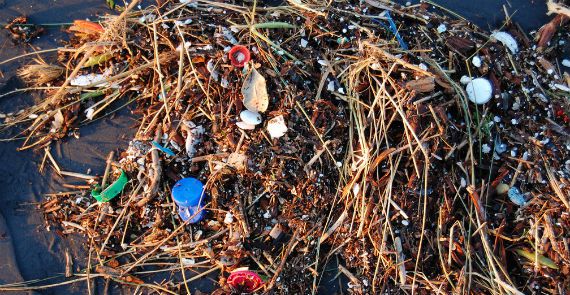Plastic is everywhere in our lives, many items we use daily from the pen to the toothbrush, from the Flip-Flop, Shampoo - or water/soft drink bottle to durable car parts, telephones, computer monitors and on and on.
Plastic has many beneficial properties it is very flexible, moldable, does not break easily and has therefore, over time, successfully replaced many other materials such as glass and wood.
However, throughout the past years it has become more and more obvious that a lot of plastic products we use are causing damage to our environment, to marine animals and also ourselves!
Single Use Plastics
Single use Plastics plastic products such as straws, plastic bags, food packaging, any kind of wrapping, firelighters etc. that are used only once or have a very limited time of use before being discarded.

At this stage, it seems merely impossible to clean up all the plastic waste we have created and we are creating more and more, every single day. The plastic waste mainly goes to landfills or even worse, it ends up in our oceans, where it is responsible for the death of many marine animals and sea birds and eventually ends up in our food chain.
However, if we make the effort to understand a little more about our plastics, learn more about what they are, how we use them and how we can dispose of them in a sustainable way, we already start making a difference.
The following series of articles by Orca Scuba staff will explain everything you need to know about plastics and their effect on our environment.
What is Plastic?
The word plastic is derived from the Greek word plasticos meaning “capable of being shaped or molded”.
The pliability or plasticity of the product means it can be cast or pressed into a variety of shapes throughout the manufacturing process e.g. fibers, films, plates, tubes, bottles etc.
Most plastics contain organic polymers. The majority of which are carbon based alone, but they may also contain oxygen, sulfur or nitrogen.
Monomers linked together build the polymer structure, similar to a backbone. Before the monomers are linked, different molecular groups can be attached, which will influence the properties of a polymer.
Most plastics contain other organic or inorganic compounds. The number of additives can range between % for food wrappings and 50%.
Many of the controversies associated with plastics are due to these additives. Additives can be so called fillers (stabilizers, fire retardants), plasticizers or colorants which change the properties of the material.
Plastic has developed over time from natural materials such as gum and shellac to chemically modified, natural materials such as natural rubber nitrocellulose, collagen and finally to completely synthetic molecules e.g. bakelite epoxy, polyvinyl chloride.
Plastics were used as far back as 2500 BC and in the Americas from 1600 BC, natural rubber had already been used for bands, figurines and balls. In the 1800s many more materials were reported during the Industrial Revolution. The development also accelerated when tire manufacturer Charles Goodyear discovered vulcanization.

This image is of a plastic vase in the form of a pig, from the National Archaeological Museum, Athens, circa 2500-2300 BC
In the 1900s the first fully synthetic polymer made of phenol and formaldehyde, Bakelite was invented by “The father of the plastics industry” Leo Baekeland.
After the first world war improvements in chemical technology led to an explosion in new forms of plastics with mass production beginning at the time of WWII in the 1940s-1950s such as polystyrene (PS), Polyvinyl chloride (PVC), polyethylene, polypropylene, polyethylene terephthalate (PET).
These are just some of the plastics that have now become a part of everyday life for most people on the planet. The problem is that many people don’t think about what happens to them once they have disposed of them.
What is bio-degradable compared with photo-degradable?
People expect that their plastic waste will eventually “decompose” or “bio-degrade” and though this is true for some organic garbage, it is not the case for most plastics including the worst offenders: single use plastics such as plastic bags, bottles, cutlery and straws.
As a matter of fact, plastic never really decomposes, it does not bio-degrade but rather photo-degrade. This means it is broken down by the sun’s rays and other chemical reactions into smaller and smaller particles called “micro plastics”. These “micro plastics” never truly degrade and at such a small scale are very difficult to “clean up”.
These microscopic particles that in certain parts of the ocean outnumber plankton, the number one food source for many marine creatures, are becoming a huge problem. Tests carried out in 1999 discovered a micro plastic to plankton ratio of six to one! By 2007, in some areas that ratio had jumped to 36 to one! Getting six times worse over a period of 8 years!

- Bio degradable: capable of being decomposed by bacteria or other living organisms and thereby avoiding pollution.
- Photo degradable: capable of being broken down by the action of light, especially sunlight.
Plastic never decomposes, it just breaks down into smaller and smaller particles, which are making their way up through the food chain to us!
In our next article we look at how to identify the 7 main plastic types and what their negative effects are.
Check out our website and feel free to contact Orca Scuba via email here for more tips on how to reduce your plastic use and where to buy alternatives to single use plastics or contact us for dive courses and packages.
Also check out this great website about how to reduce your plastic use.
Brought To You By Expat Choice

















